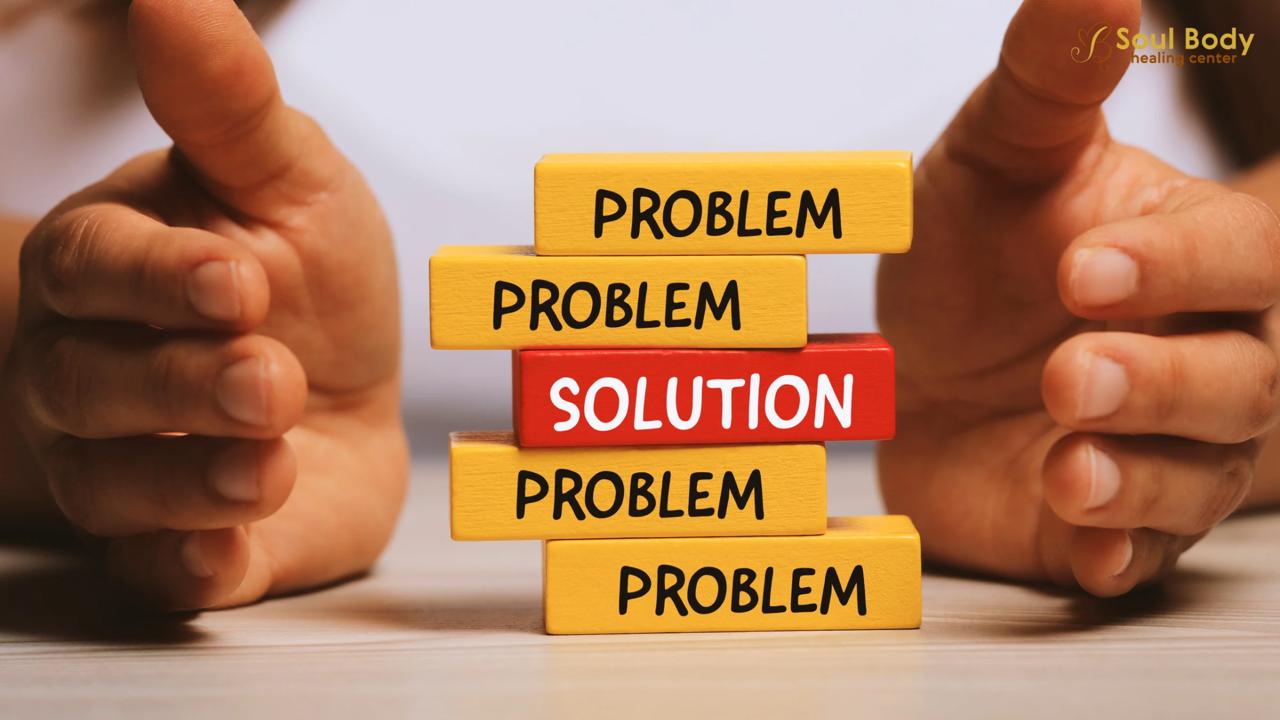How May I Help you?
The above question is a normal expression for checking out...
Dr. Alka Chopra Madan
August 27, 2024

The first and foremost step in solving a problem is to define it clearly. If you are not happy with your business, the initial step is to identify what you wish to achieve and how you can achieve it. For instance, if you are trying to increase your business sales, decide on the specific sales numbers that would make you feel satisfied. By making this decision, you will define your problem.
Once you have defined the problem, you can start breaking it down into manageable pieces. Identify what is missing and how you can address it to solve the problem. You must decide, “I will be satisfied if X, Y, Z happens.” Then analyze what actions are needed to accomplish these goals.
Many times, we sit with a vague feeling of unhappiness without understanding the root cause. When you feel like this, it often means you have not clearly defined your problem. Living with undefined problems is like living in chaos.
To address this, start by listing even the smallest tasks or issues you need to address. If someone accuses you of being lazy or procrastinating, include that in your list of problems. By writing down your problems, you begin to manage them more effectively. Creating a list of problems, even if it is extensive, brings clarity and significantly reduces chaos.
For example, making a list of 56 problems might seem overwhelming, but just by listing them, you are halfway to resolving them. The problems were perturbing you because they were undefined, leading to chaos. Sometimes, by simply listing your problems, you can realize that some issues have already been resolved, yet you still worry about them.
When I help someone with their problems, I start by listing the necessary steps to address the issue. I then advise taking action on the first step without worrying about the subsequent steps. Focus only on the immediate action needed and do not concern yourself with future steps until the first one is completed.
Another critical concept is ‘self-determinism’. This involves deciding who you are and what you want in your life, trusting that you have the ability to shape your future. You must feel in control of your life and decisions, despite external factors that might influence your choices.
To manage external influences, anticipate potential reactions and plan your actions accordingly. For example, if you need to discuss with your spouse about not hosting relatives due to potential disruptions in your children’s studies, plan your dialogue to guide your spouse’s response. This approach is like playing chess, where you anticipate moves and plan accordingly.
Adopting this strategy might seem energy-consuming and blunt, but it’s essential to act honestly while considering all perspectives. Unlike manipulation, which controls someone covertly, this approach involves guiding the conversation to achieve a desired outcome transparently.
Consider a scenario where a couple has been separated for eleven years but not divorced. By defining their relationship status clearly, they can make decisions about their future. Once the problem is defined, actions like filing for divorce become clear and manageable.
Defining your problem often leads to a breakthrough in solving it. With a clear problem definition, you can take small steps toward resolution. Solving these problems creates new challenges and opportunities for growth, contributing to your success and a fulfilling life.
It is crucial to instill problem-solving skills in young children. Allow them to face and solve their own issues rather than providing all the solutions. This fosters their ability to tackle challenges independently.
When seeking quick solutions through books, Google, or advice from others, remember that these answers might not perfectly fit your specific situation. Instead, focus on developing your problem-solving skills.
Everyone has an innate ability to solve problems. If you rely too much on external help, you may weaken your own problem-solving skills. By embracing and solving your own problems, you maintain your capability to handle future challenges effectively.
Finally, remember that problems are part of your creation. Everything you face is a result of your own creation and choices. Embrace this fact to find relief and motivation to address your issues. Do not get disheartened by problems beyond your control. Focus on what you can solve and take proactive steps toward resolution.
I'm writing a new book, and the title is "Your...
The problem with happiness is the risk of losing it....
We are all interconnected with each other When we are living with other people, and...
When one is closest to one self and can express...what one feels without fear of...
Sleeping disorders have become a very serious problem with sufferers all around the globe. The...